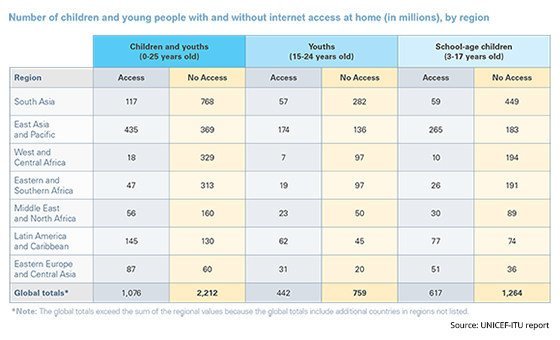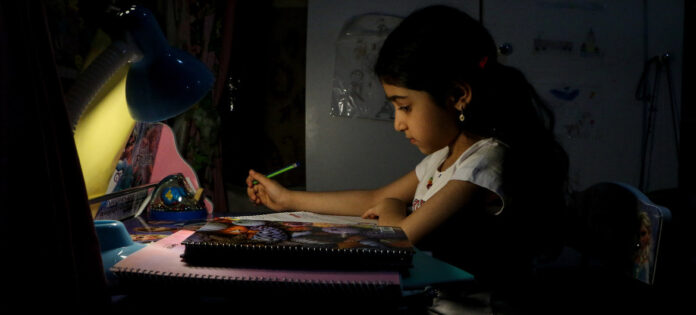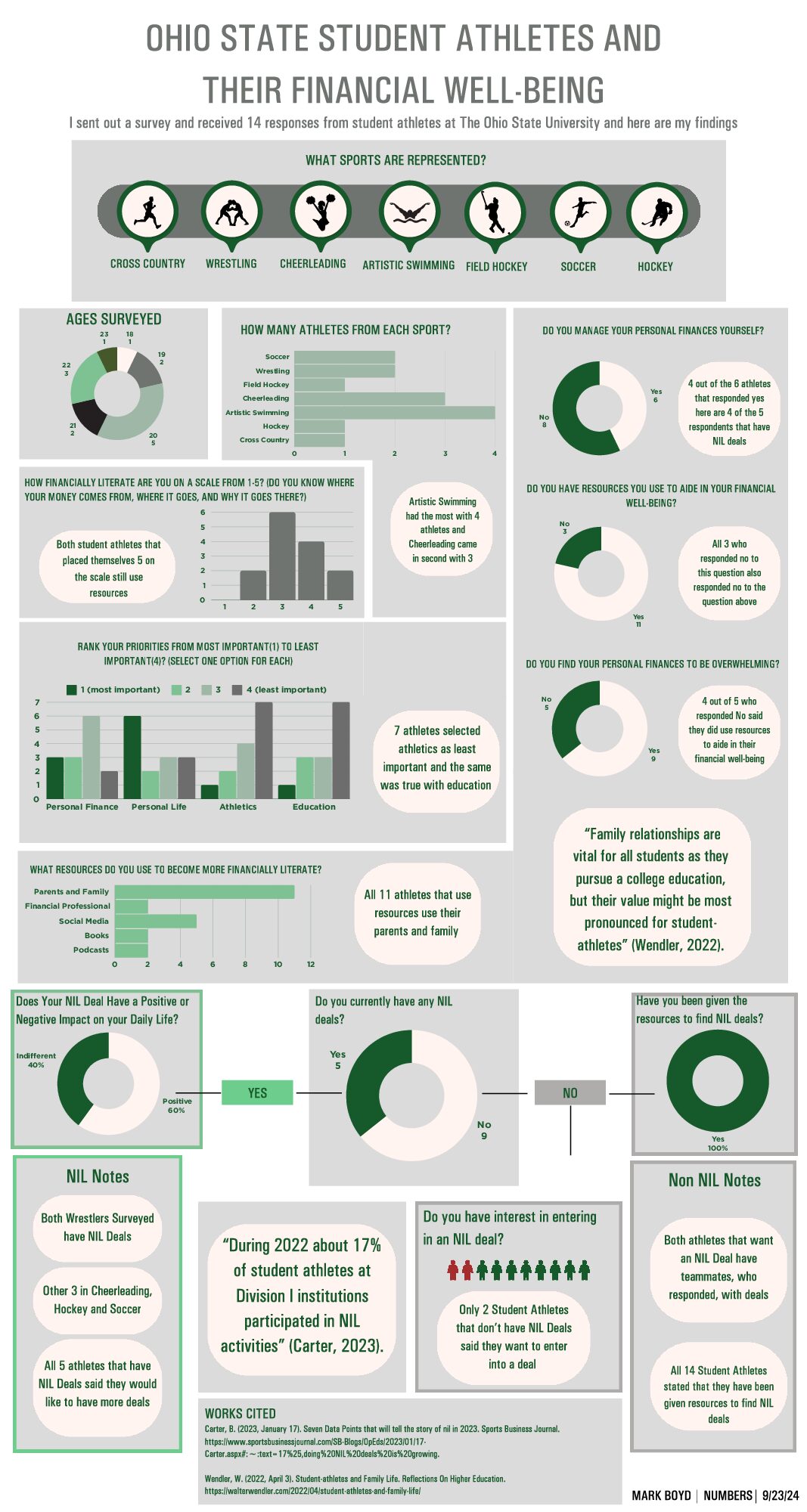UN News
Date: 1 December 2020
The UNICEF–ITU report How Many Children and Youth Have Internet Access at Home? also found a similar lack of access for young people aged 15-24, with 759 million or 63 per cent unconnected at home.
The massive number “is more than a digital gap – it is a digital canyon”, said Henrietta Fore, UN Children’s Fund (UNICEF) Executive Director.
The lack of connectivity, she continued, doesn’t just limit children and young people’s ability to connect online, it isolates them from the work and prevents them from competing in the modern economy.
“And in the event of school closures, such as those currently experienced by millions due to COVID-19, it causes them to lose out on education. Put bluntly: Lack of internet access is costing the next generation their futures,” Ms. Fore added.
‘Education out of reach’
According to UNICEF, a quarter of a billion students worldwide are still affected by COVID-19-related school closures, forcing hundreds of millions of students to rely on virtual learning.
For those with no internet access, education can be out of reach. Even before the pandemic, a growing cohort of young people needed to learn foundational, transferable, digital, job-specific and entrepreneurial skills to compete in the 21st century economy.
‘A formidable challenge’
Houlin Zhao, International Telecommunication Union (ITU) Secretary-General, outlined that connecting rural populations remains a formidable challenge.

Source: UNICEF-ITU report | Click here to see the report.
“Large parts of rural areas are not covered with a mobile-broadband network, and fewer rural households have access to the internet. The gap in mobile broadband adoption and internet use between developed and developing countries is especially wide,” he said.
Perpetuating inequalities
The report also revealed that the digital divide is perpetuating inequalities between countries and communities. According to the report, globally, 58 per cent school-age children from richest households have internet connection at home, compared with only 16 per cent from the poorest households.
The situation is similar between urban and rural populations and between high-income and low-income countries: around 60 per cent of school-aged children in urban areas do not have internet access at home, compared with around 75 per cent in rural households. School-aged children in sub-Saharan Africa and South Asia are the most affected, with around 9 in 10 children not connected.
Source:https://news.un.org/en/story/2020/12/1078872
Comment
What made me pick out this article was the fact that it highlighted the disparaging differences that children are facing due to COVID. Unfortunately, the issue was always present globally, however, now more than ever with the world switching to a virtual mode of learning kids are having no access to education.




